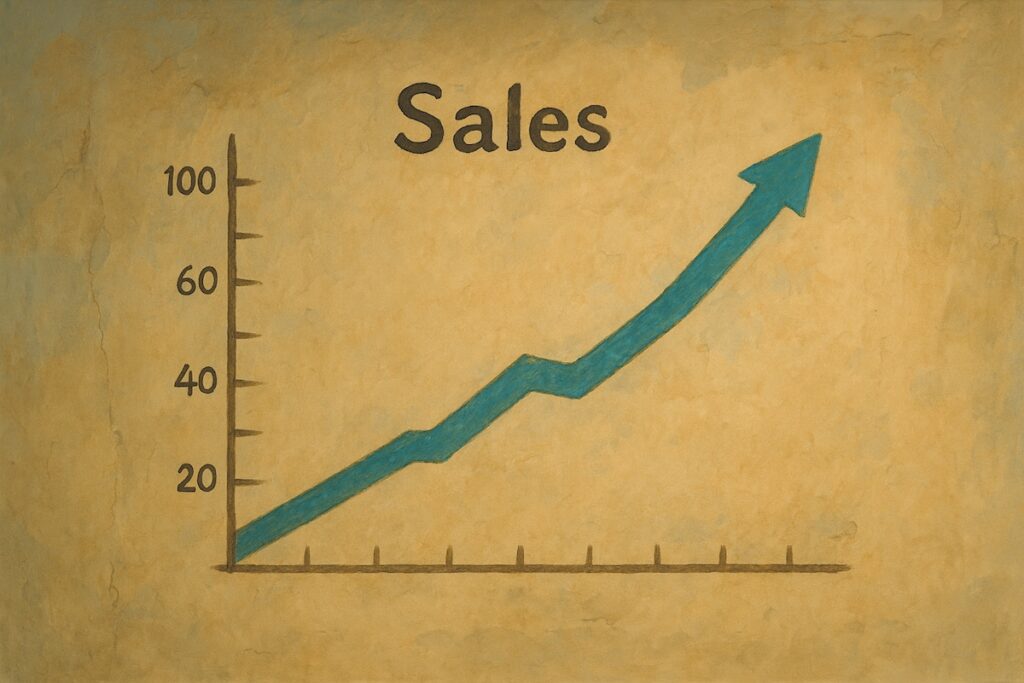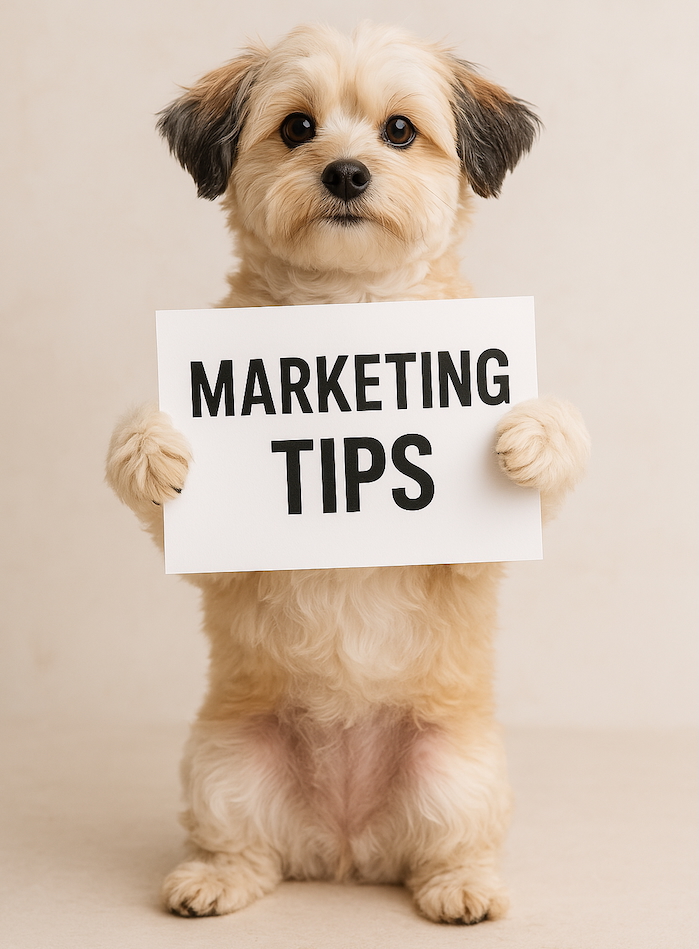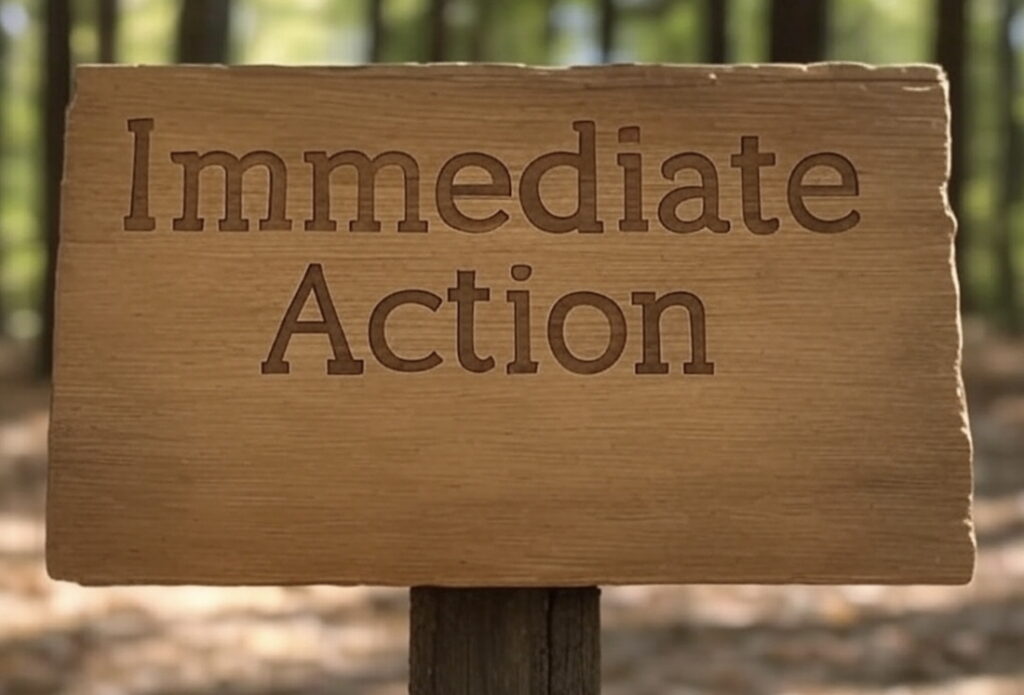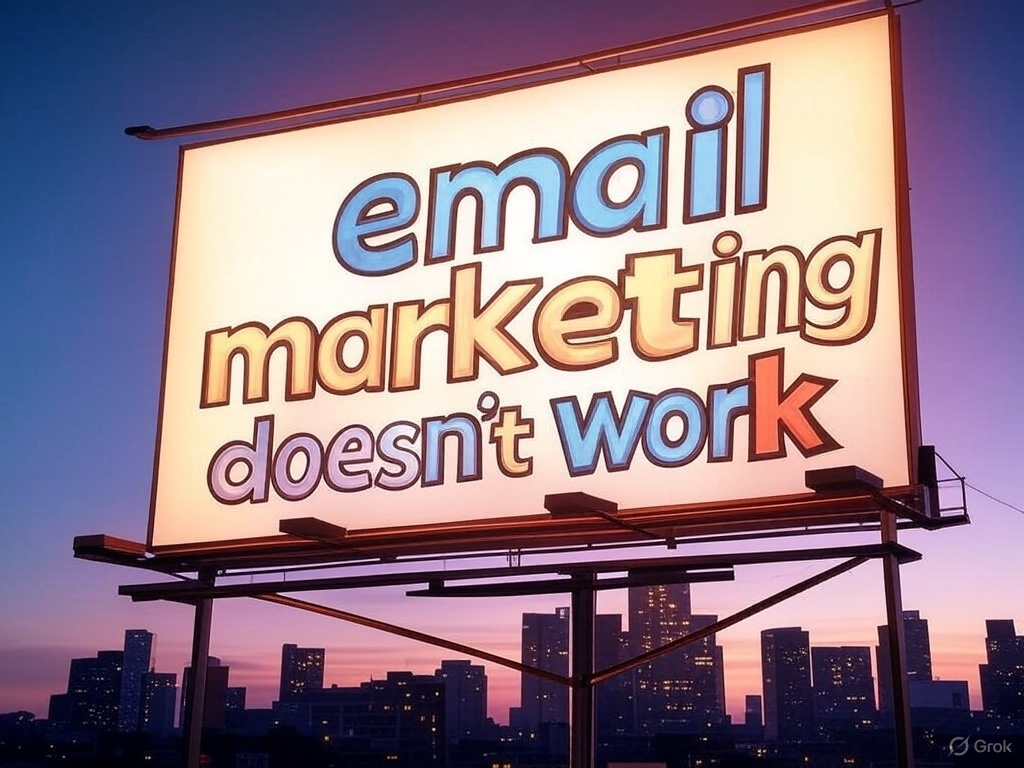
As I promised recently, here are some more ideas to help you and your business through the uncertainty of the current economy.
As things change, we need to adjust our marketing to the new wants and needs of our customers or clients. That’s what I’m focusing on today.
Plan with flexibility
Typical marketing plans run for a year and make the mistake of assuming conditions will remain roughly the same. As a result, these plans fall to pieces when faced with a period of rapid change. That’s why your marketing plan needs to have flexibility built in.
I recommend creating 90-day marketing plans, to run alongside your overall business plan. These need to be regularly reviewed and adjusted, based on real-time feedback. What’s working better than before? What are your prospects suddenly asking for? What’s no longer working as well as it used to? You get the idea.
Pay extra close attention to your customers
One of the best pieces of business advice I’ve ever received is this.
‘Your customers will show you where your market is going’.
Customers do this through their actions and their words. Here are some questions to ask yourself, so you can see where your market is going.
- Have your customer enquiries changed recently?
- Have your customers’ buying habits or preferences changed recently?
- Are customers mentioning any new concerns during the sales process?
- Is there a meaningful increase or fall in customer spending?
- Have you noticed customers becoming more price-sensitive?
- Are customers engaging with you differently online, perhaps interacting more through social media, direct messages, or emails?
- Have your customers started recommending (or requesting) new products, services, or features you previously hadn’t considered?
- Is there a noticeable increase in customers asking you for personalised or customised offerings?
- Are there specific fears or uncertainties customers are expressing more often?
- Have customer priorities recently changed?
Now ask yourself, are there new opportunities emerging, or new concerns emerging, which I need to take action on?
Focus on your new opportunities. Think positive
Rapidly changing conditions often cause stress or anxiety for small business owners. We need to be aware of this, and turn it around. A positive, proactive mindset helps us adapt quickly, confidently, and effectively. That’s exactly what we need right now.
So, focus on opportunities rather than obstacles.
Also, encourage yourself, and your team if you have one, to innovate. Innovating puts you in control. It immediately gives you a lift and causes you to think far more positively.
And remind yourself regularly of the challenges you’ve overcome in the past. You’ll overcome future challenges too, if you use the right approach. In fact, you may well come out of this wiser and wealthier than you were before. I saw this with 100% of my clients during the pandemic.
I hope you found this useful. If you did, share it with your friends.





















